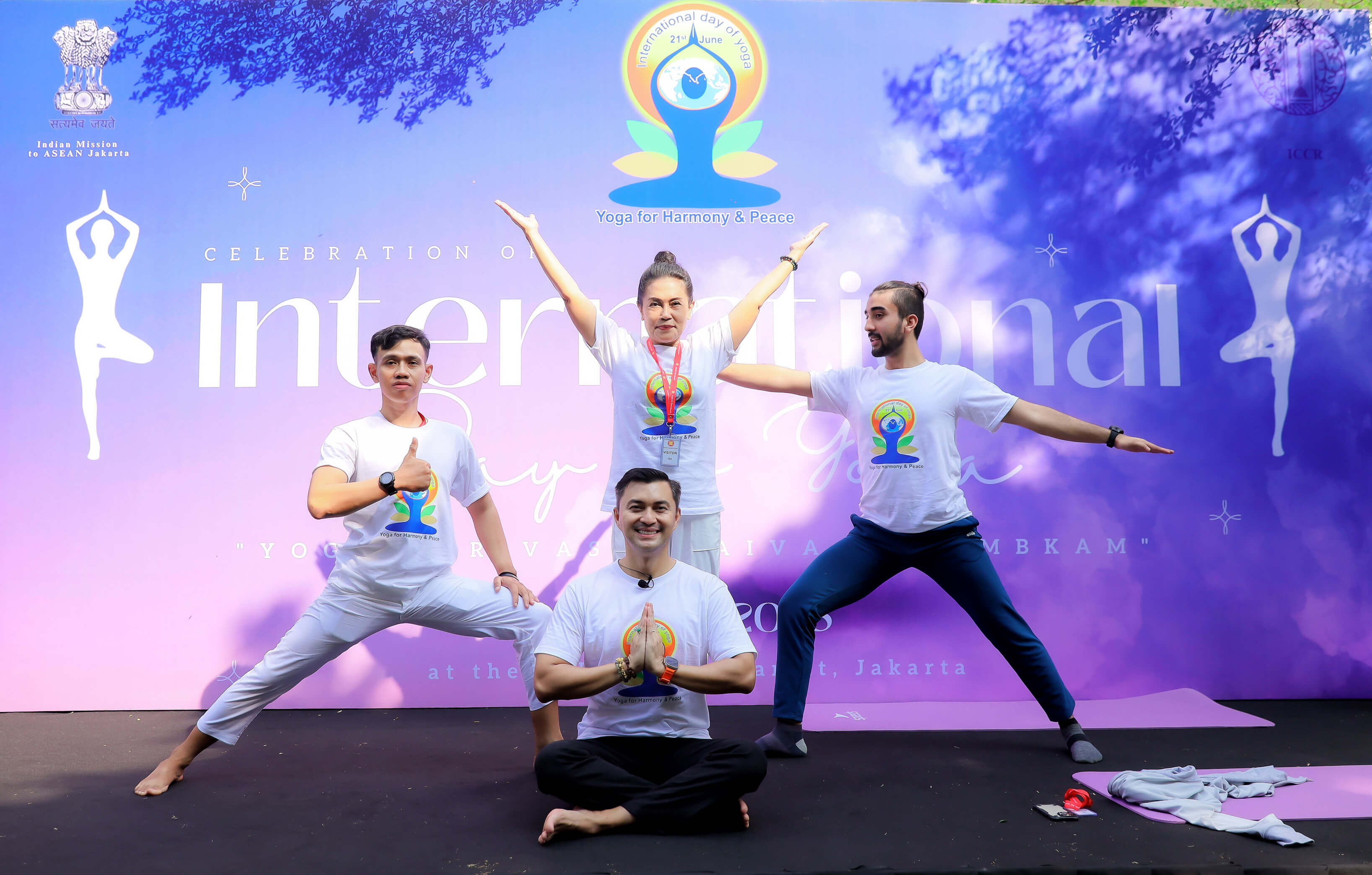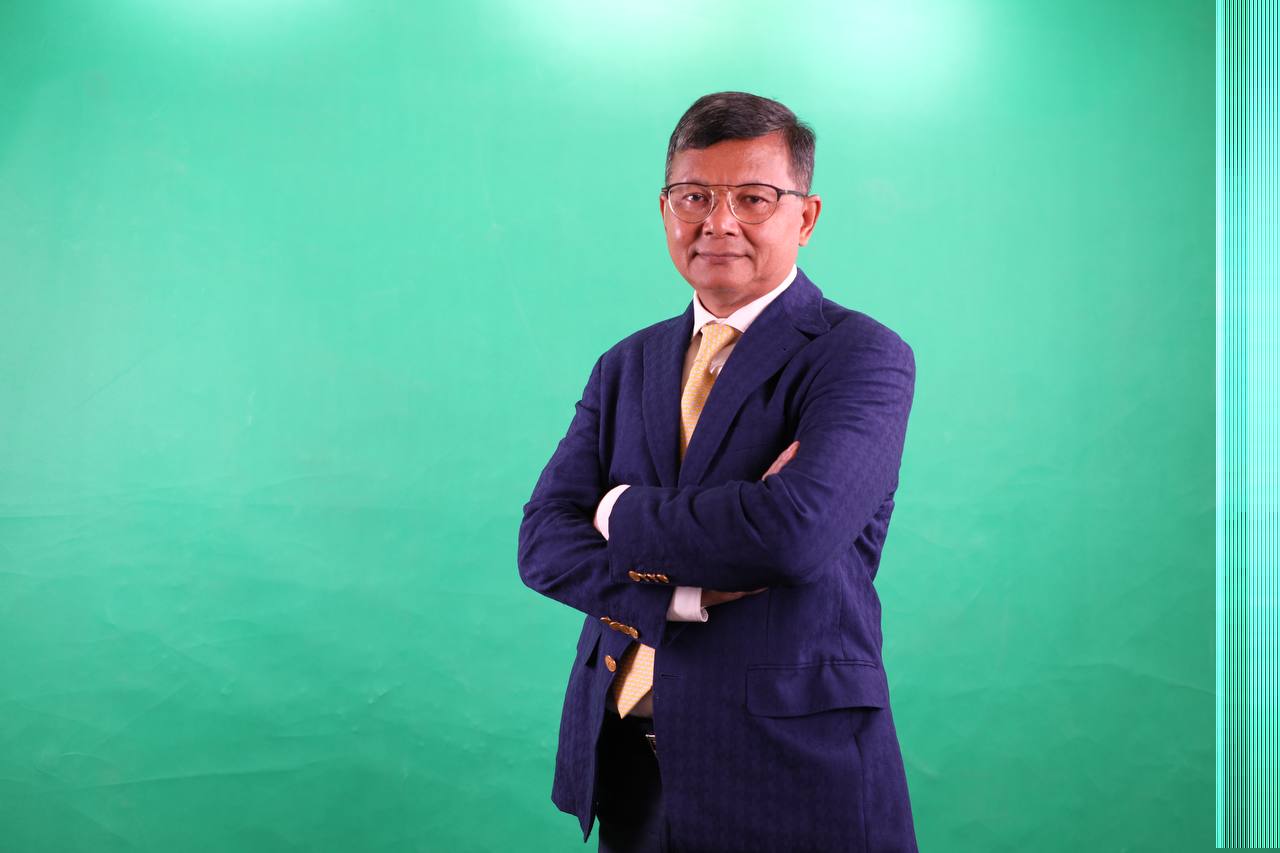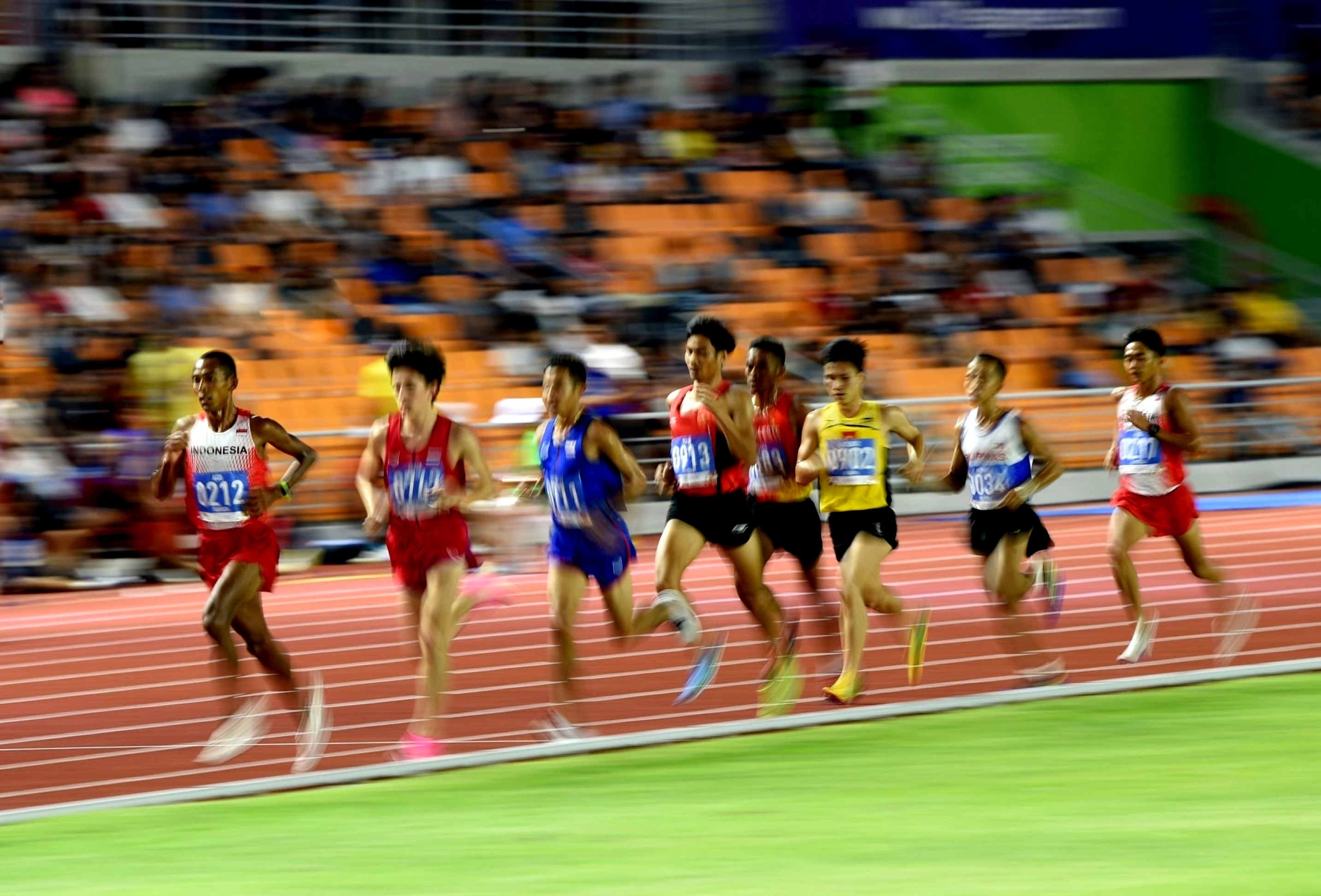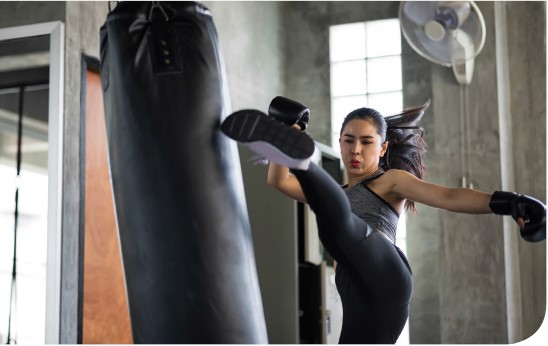



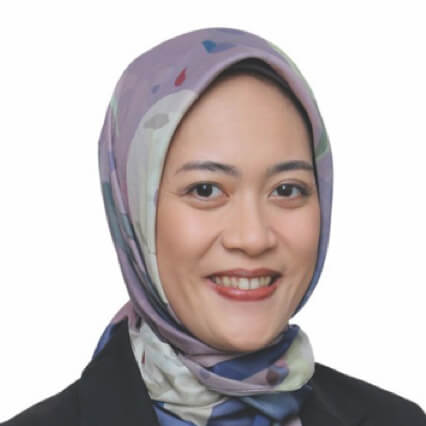
When we think of sports, we immediately think of our favorite athletes and their physical prowess, and the excitement we feel as we watch them play and compete. We do not often think about sports in the same breath as peace- and community-building, or see it as a development tool.
But the history of sports, going back to the ancient Olympic Games in the ninth century BC, tells us that sporting competitions have been used time and again to stop wars and (re)establish diplomacy between hostile communities.
Sports has also evolved into a trillion dollar global industry to date, employing not just athletes and coaches, but millions of people involved in managing and marketing professional leagues and clubs, manufacturing sporting goods, producing sporting events, and other sports-related activities.
ASEAN is cognisant of these multiple facets of sports—its unifying power and development potential—and has made it a priority under the ASEAN Socio-Cultural Community Blueprint 2025.
Community-building and Sports
In ASEAN, we have seen firsthand how sports fosters unity in diversity and strengthens mutual understanding, be it through the SEA Games, ASEAN Para Games, ASEAN School Games, or ASEAN Football Federation’s Championships. On this basis and in alignment with the global commitment on promoting sports for development and peace, the Philippines, as the Chair of the ASEAN Ministerial Meeting on Sports, aptly announced “One Vision, One Goal, One Community: Strengthening Unity Through Sports” as its chairpersonship theme for the period 2019-2020.
In 2019, ASEAN Member States, in collaboration with the Government of Norway and the non-government organization, Right to Play, began implementing the ASEAN Youth Sports for Development, Peace, and Leadership (S4DPL) project. This ongoing project aims to develop life skills among ASEAN youth leaders. These youth leaders are also empowered to take the lead in promoting a sense of ASEAN Community, advocating for healthy lifestyles, and supporting crime prevention through sports projects at the community level.
In light of ASEAN’s commitment to advance sports for development and peace and against the backdrop of the Tokyo 2021 Olympic and Paralympic Games, ASEAN is also working in partnership with Japan to promote the participation of women and girls in sports and a forthcoming initiative on the capacity development for physical education teachers.
The Fifth ASEAN Ministerial Meeting on Sports in 2019 agreed that in the next five years, ASEAN will focus on multiple dimensions in sports, namely, sports for development and peace, sports for all, sports integrity, as well as sports science, sports tourism, and sports industry. The composition of priorities signals that ASEAN perceives sports as a platform for social development and as an industry.
Sports, Livelihood, and Development
Sports does not only offer a lucrative career path for professional athletes, but generates business and creates employment as well. Coaches, referees, team managers, trainers, sports medicine and sports science practitioners, facility managers, ticket sellers, security staff, sports commentators, production staff, and merchandise sellers are just some of the people who populate the world of sports.
Except for a few countries, the contribution of the sports industry to ASEAN economies—and the world of work—has been largely overlooked, or has yet to be assessed. A systematic reckoning of the economic value of sports at the national and regional levels and an assessment of the welfare and well-being of workers in this industry may be necessary to unlock the sports industry’s full potential. Such an initiative is consistent with the Declaration on Human Resources Development and the Changing World of Work, in which the ASEAN Leaders pledged to enhance the leadership of business and industry in human resources development and craft cohesive labor and economic policies that will lead to job creation and enterprise competitiveness.
The development of promising athletes remains an important aspect of the sports industry and, as such, a grand roadmap may be needed to ensure improvement of and complementarity among physical education modules in schools, local/grassroots sports programs, and recruitment processes for professional sports. There is also a need to create a decent work environment for athletes and address issues of pay gaps within and across sports and between genders, unstable income, and inadequate social protection, to draw more young people to a sporting career.
Technology has impacted sports over the past few decades in terms of improving the design of sports apparel (e.g. swimwear) and equipment (e.g. concussion helmets) and analysis of an athlete’s physical fitness and performance. Technological advancements in the Fourth Industrial Revolution will only intensify technology’s role and likely lead to new types of businesses and jobs. Artificial intelligence in coaching and training as well as virtual reality in game simulations and e-sports are some examples that are worth exploring.
Sports in ASEAN will bring people closer together and offer more opportunities for all in the years ahead. As it has been successfully applied to tourism and culture, it is timely for development actors to also shift their narrow perspective of sports as merely recreational and reimagine how to harness its power to contribute to ASEAN’s socio-economic development.




